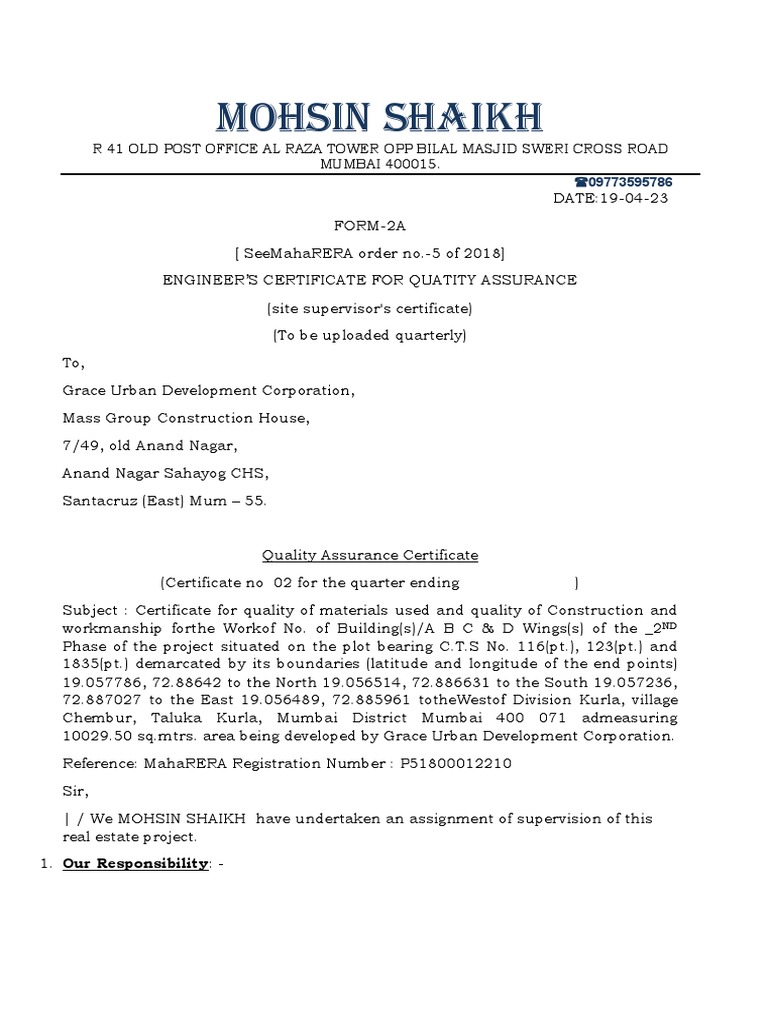Atomic Number Guide: Master Potassium Facts
Potassium, with its atomic number 19, is a chemical element that plays a vital role in various biological and industrial processes. As an alkali metal, it is highly reactive and readily loses one electron to form a positive ion. This characteristic makes potassium an essential component in many applications, ranging from agriculture to electronics. In this comprehensive guide, we will delve into the world of potassium, exploring its history, properties, applications, and fascinating facts.
Historical Background of Potassium
The discovery of potassium is attributed to Sir Humphry Davy, an English chemist who first isolated the element in 1807. Davy’s groundbreaking experiment involved the electrolysis of caustic potash (potassium hydroxide), which led to the isolation of potassium metal. This pioneering work not only introduced potassium to the scientific community but also paved the way for the discovery of other alkali metals. The name “potassium” comes from the word “potash,” which refers to the potassium-rich ashes of plants.
Physical and Chemical Properties of Potassium
Potassium is a soft, silvery-white metal that is highly reactive due to its single electron in the outermost shell. It has an atomic mass of 39.0983 u (unified atomic mass units) and a density of 0.892 g/cm³, which is less than that of water. This property allows potassium to float on water, where it react violently, releasing hydrogen gas and forming potassium hydroxide. The reactivity of potassium is also evident in its reaction with air, where it tarnishes quickly and burns with a violet flame.
| Property | Value |
|---|---|
| Atomic Number | 19 |
| Atomic Mass | 39.0983 u |
| Density | 0.892 g/cm³ |
| Melting Point | 63.38 °C |
| Boiling Point | 759 °C |
Biological Importance of Potassium
Potassium is crucial for various biological processes, particularly in maintaining the balance of fluids within cells. It helps regulate the heartbeat, enables muscle contraction and relaxation, and facilitates the transmission of nerve impulses. Potassium deficiency, also known as hypokalemia, can lead to muscle weakness, fatigue, and heart arrhythmias. Foods rich in potassium include bananas, leafy greens, and sweet potatoes, highlighting the importance of a balanced diet in maintaining healthy potassium levels.
Industrial Applications of Potassium
The industrial applications of potassium are diverse and significant. In agriculture, potassium is used as a fertilizer to promote plant growth and increase crop yields. It is also utilized in the production of soap, glass, and textiles. Potassium hydroxide, a strong base, is used in the manufacture of batteries, where it acts as an electrolyte. Furthermore, potassium nitrate is used in fireworks, matches, and fertilizers, showcasing the element’s versatility.
Comparative Analysis with Other Alkali Metals
When compared to other alkali metals like sodium and lithium, potassium exhibits unique properties that make it preferred in certain applications. For instance, potassium has a lower melting point than sodium, making it easier to handle and apply in situations where high reactivity is beneficial. However, lithium, with its smaller size and higher reactivity, is often used in battery applications where compactness and high energy density are critical.
| Element | Melting Point | Reactivity |
|---|---|---|
| Potassium (K) | 63.38 °C | High |
| Sodium (Na) | 97.82 °C | High |
| Lithium (Li) | 180.54 °C | Very High |
Future Trends and Emerging Applications
As research continues to unravel the properties and potential of potassium, new applications are emerging. One of the promising areas is in the development of potassium-ion batteries, which could offer a more cost-effective and sustainable alternative to lithium-ion batteries. Additionally, the use of potassium in advanced agricultural practices, such as precision farming, could lead to more efficient fertilizer application and reduced environmental impact.
Decision Framework for Potassium Applications
When considering the use of potassium in industrial or agricultural settings, several factors must be evaluated:
- Reactivity: Assess the required level of reactivity and whether potassium’s high reactivity is beneficial or a drawback.
- Cost: Evaluate the cost-effectiveness of using potassium compared to other elements.
- Environmental Impact: Consider the potential environmental effects of potassium use and disposal.
- Safety: Implement safety measures to handle potassium’s reactivity and potential hazards.
Conclusion
Potassium, with its unique combination of properties, plays a pivotal role in both biological systems and industrial applications. From its historical discovery to its current uses and future potential, potassium continues to fascinate scientists and engineers alike. As we continue to explore and understand the intricacies of this element, its importance in our daily lives and its contribution to technological advancements will only continue to grow.
FAQ Section
What is the primary use of potassium in agriculture?
+Potassium is primarily used as a fertilizer to promote plant growth and increase crop yields. It helps in the overall development of plants, enhancing their resistance to disease and improving their water balance.
Why is potassium essential for human health?
+Potassium is crucial for maintaining healthy blood pressure, promoting bone health, and supporting muscle function. It also aids in the transmission of nerve impulses and helps regulate heartbeat, making it an essential mineral for overall well-being.
What are the potential risks associated with handling potassium?
+Potassium is highly reactive and can ignite spontaneously in air at room temperature. It also reacts violently with water, releasing hydrogen gas, which can lead to explosions. Proper safety precautions, including handling in inert atmospheres and using protective gear, are necessary when working with potassium.

